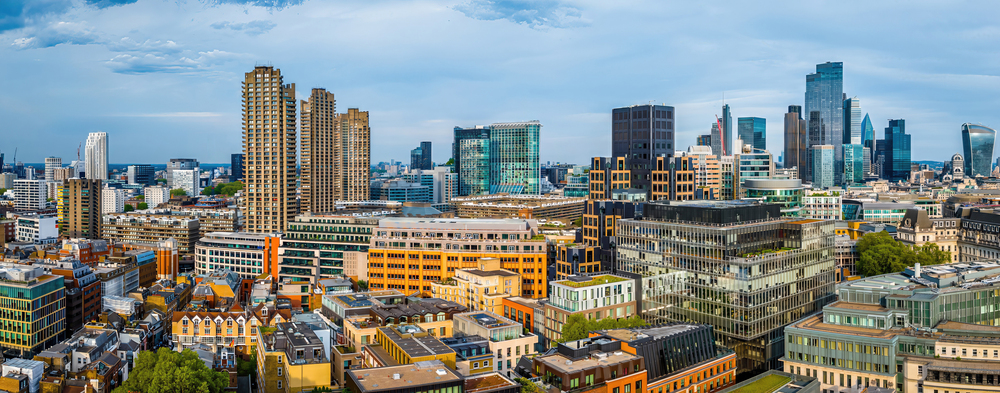In the fast-paced world of modern work, communication has never been more important — or more complex. London, a city known for its innovation and diversity, is at the forefront of this transformation. From start-ups in Shoreditch to global agencies in Canary Wharf, the way professionals connect, collaborate, and communicate is changing rapidly.
The hybrid reality
The pandemic didn’t just alter where we work; it permanently reshaped how we communicate. Hybrid and remote setups have made flexibility a priority, but they have also introduced new challenges in maintaining genuine connection and clear communication across teams.
A video call can replace a meeting, but it rarely replicates the informal chats that build trust and spark creativity. As offices evolve into collaboration hubs rather than daily destinations, businesses are seeking new ways to cultivate a shared sense of purpose. For many, this means redefining internal culture around openness, empathy, and digital fluency.
The language of digital professionalism
Communication in the workplace is not just about technology —it’s about tone. The shift from face-to-face dialogue to digital platforms has blurred the boundaries between the formal and the informal. Instant messaging has made workplace exchanges faster and more casual, but it has also raised questions about clarity and professionalism.
Email, meanwhile, continues to anchor much of corporate communication. Yet the expectations around it are changing. Where once a carefully worded note might have been the norm, speed and brevity now often take precedence. Balancing efficiency with courtesy has become an art form of its own.
For many organisations, ensuring staff communicate effectively across platforms — whether through chat tools, project management systems, or business email — is a matter of both brand and culture. Every message sent, after all, contributes to how a company is perceived internally and externally.
The human touch in a digital age
Technology has made collaboration seamless across borders, but it can also distance us from the human element of work. Emojis and GIFs can convey warmth, yet they can’t fully substitute empathy, body language, or tone of voice. As AI-powered tools enter everyday communication, from automated meeting notes to predictive text, the challenge will be preserving authenticity.
Leaders now face the task of setting not only digital policies but also digital etiquette — encouraging employees to communicate with clarity, respect, and intention.
Looking ahead: Connection as a competitive advantage
The future of communication in London’s workplaces won’t be defined by tools alone, but by how people use them. As organisations grow more global and diverse, those that prioritise clear, inclusive, and emotionally intelligent communication will stand out.
In an era of constant noise, genuine connection is becoming a competitive advantage. For businesses in the capital — and beyond — mastering that balance between digital efficiency and human warmth may well be the defining skill of the decade.







